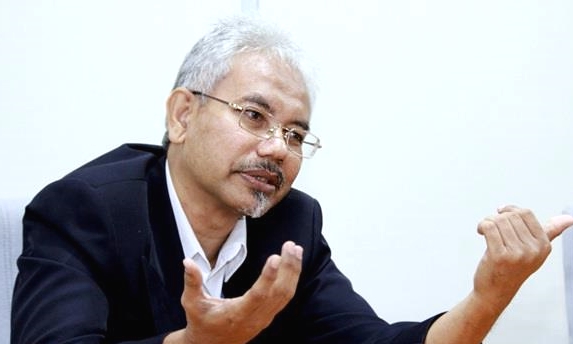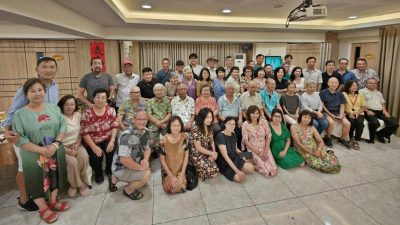
By Professor Dr. Mohd Tajuddin Mohd Rasdi
With the deteriorating situation of the pandemic and its possible presence for the next two years before a herd immunity is reached, we need to think real seriously about our children and the future of their schooling. Hard decisions must be made and thinking outside the box is absolutely mandatory.
At the present time, I think the ministry of education is thinking in a box within the box. All they are doing is 'simplistically' moving everything to online learning. The same syllabus, the same teaching method and the same numbers are still the order of the day.
We will never solve anything in this manner.
Unless we could eliminate face-to-face teaching in day schools for the next two years, we need to be really innovative and destructive in ideas and solutions.
The following are my suggestions how I see schools in Malaysia existing side by side with the pandemic.
First of all, the syllabus of all levels in the primary and secondary schools must be halved or 50% of the main one. Many will of course say hey that's too much but I am confident that we have been overloading the students and pupils since 30 years ago.
Educators must sit down and do the cuts just like a human resource officer cutting waste and 'free electrons' in order to keep the company afloat.
Secondly, each student should undergo only four hours of learning with two breaks in between. One ten-minute break for in-class physical exercise and the other is a 20 minute food and rest break. Effectively students will spend 3.5 hours studying with the teachers in class.
Thirdly, I recommend highly we use the bubble student-teacher groupings. For all primary and secondary schools, seven teachers would be in charge of 120 students. Each class is to be no more than 20 students capacity.
These seven teachers work together as a team and can each at least teach three subjects. These seven teachers interact daily with only these 120 students until the school ends for the day and session. The timetable is unique only for these 120 students.
The 120 students are distributed in six classrooms with one other classroom vacated to be for teachers. All teachers must not be placed in the same teacher's room like before. Remember, the seven teachers are in the same bubble as their 120 students. Thus, if there are any pupil or teacher who comes down with COVID-19, only these 120 plus seven will be quarantined at home for ten days with online teaching at a minimum.
Fourthly, students are to take their meals in packed form at their tables and can sleep or rest there. After three class periods, students are to do light stationary physical exercise for ten minutes, perhaps with some music accompaniment.
Fifth, students are to leave only when their parents or bus drivers text them to come or text their teachers.
I found that many students interact freely with one another outside the classrooms while waiting for their vehicles to fetch them. This free interaction must be avoided. School buses and vans must follow the SOP numbers of seating and not overload the vehicles like normally done.
Sixth, the first school session begins at 7.30 am to 11.30 am. The next school session begins at 1.30 pm to 5.30 pm. Teachers must leave the school as their classrooms will be taken up by another group of teachers and students.
Seventh, science and Kemahiran subjects must be done in theoretical manner. No practical work is allowed. Students could be asked to watch YouTube videos of construction and science-related experiments in laboratories. Teachers can demonstrate the experiments in front of the students. This is only for the next two years.
Eighth, if any school has problems with the 1:20 student ratio, the education ministry can hire the so many unemployed graduates to a two-year RM2,500 monthly contract term.
It's better to spend on our own graduates than build multi-purpose halls in communities that can't be used for another two years anyway.
It is only in thinking beyond the ordinary can we live side by side with the virus. The virus is here and will always be here and we need to live with it until our own immune system adapts to its ways.
The vaccine is no guarantee but hopefully speeds up the adaptability aspect of our own biological system.
Educating our children in schools is not just about filling their heads with knowledge of the world. It is also about social interaction, going outside and interacting safely in society.
Our children's psychological and intellectual growth must not be impeded substantially by the virus. It could only happen if we are willing to do what it takes to change, change and change our ways of teaching, learning, socializing and spending money where it matters.
(Professor Dr. Mohd Tajuddin Mohd Rasdi is Professor at a local university.)
ADVERTISEMENT
ADVERTISEMENT


































